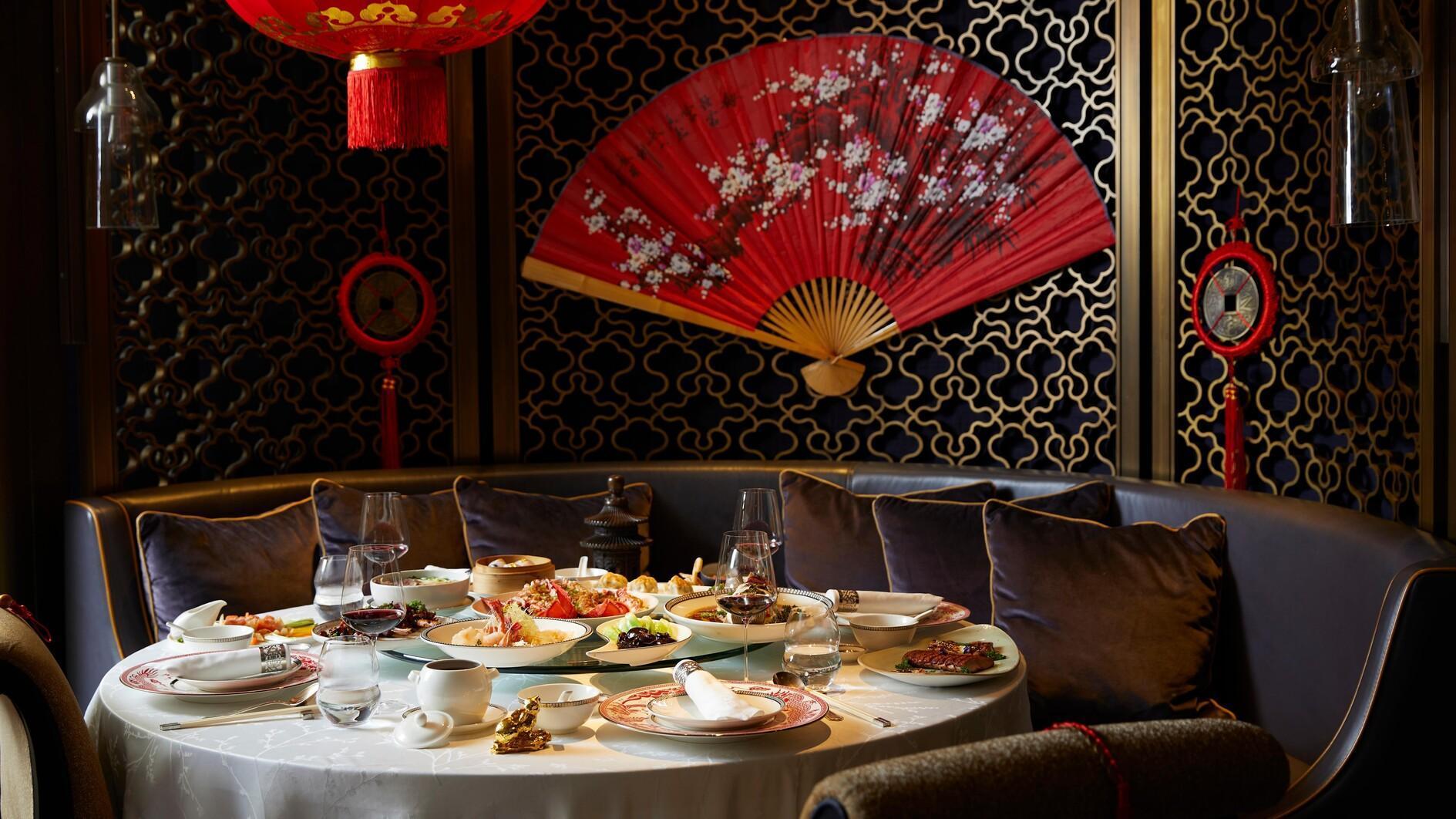
Chinese chef Yuan Chao Ying is a duck master. Let's be clear: Duck masters, who play a key role in preserving Chinese culture, are not easily trained. It's not enough to simply prepare Peking duck correctly; the proper service is equally crucial. Chef Yuan Chao Ying shares his insights on his profession and the intricacies of duck preparation.
It was my first encounter with a "Duck Master," Yuan Chao Ying. Honestly, it was the first time I'd come across this term. Of course, there are masters in various fields — we have experts in dishes like döner, kofta, and manti. But in China, duck masters are distinguished not just by their culinary expertise. For them, being a duck master also means carrying a cultural legacy. This is what truly sets them apart from us. After all, is it any wonder that Chinese cuisine is regarded as one of the greatest in the world?
They have preserved recipes from centuries ago, training those who aspire to perfect the dish under the guidance of masters. But it's not just about the cooking — they also educate them on the cultural significance of the dish, and service is treated as an art in itself, full of delicate nuances. Now, let's look at our own situation. Take a döner master, for example. If we ask about its history, its cultural background, or even try to learn the recipe, we're unlikely to get any answers — especially not the recipe. In the döner business, everyone has their own secret formula.
But this isn't their fault either, as we are all aware of how limited our written records are when it comes to food culture. We understand that practices like learning directly from the master, using intuition and relying on personal skills are common. As a result, many of these traditions vanish with the masters themselves, let alone the idea of a recipe being passed down and prepared in the same way for centuries.
One of Beijing's leading chefs, "Duck Master" Yuan Chao Ying, captures it perfectly when he says: "Making a unique dish like Peking duck demands not only kitchen experience but also a deep understanding of its cultural and historical significance." According to Ying, mastering Peking duck requires at least ten years of dedicated training and practice. In other words, it's impossible to spend just a few months learning from a master and then open your own restaurant.
Peking duck occupies an entirely unique place in China. Becoming a master in this craft involves more than simply following traditional Chinese techniques to ensure the skin is crispy and the meat is perfectly cooked. It also requires expertise in its presentation. This means being trained in plating techniques, choosing the right garnishes and arranging everything on the plate.
Traditional Peking duck is made from specially raised ducks, each weighing around 2.5 kilograms. The preparation process involves over 30 steps. To enhance the duck's fruity flavor, Chef Yuan Chao Ying uses the time-honored method of cooking with jujube wood. He carefully selects branches from jujube trees over 200 years old, aligning with the growth cycle of new shoots. His deep respect for nature is evident... Jujube trees must be preserved, as they are vital to maintaining this tradition.
The cleaned duck is soaked in a special blend of spices and malt to enhance sweetness and promote caramelization. Afterward, it is dried with the assistance of a fan. This process is repeated at least ten times before the duck is placed in the oven. Finally, the duck is hung over a jujube wood fire for cooking. To ensure even heat distribution, three bricks are used to cover the fire hole in the oven. After 70 minutes of cooking, the duck is carefully separated into the breast, leg and head, with each part prepared individually for presentation. According to Chef Ying, the perfect traditional Peking duck should feature tender meat and a crispy, glossy skin.
Now, let's focus on one of the most important aspects: The service. The duck's head is sliced in half to create two fillets, and the entire duck is presented to guests, from head to leg. The slicing takes between 6 and 8 minutes, with each slice cut into a leaf shape, 5 cm long and 0.2 cm thick. The duck is served with accompaniments like lotus leaf-shaped pancakes, shao bin, spring onions, cucumber sticks, garlic sauce and sugar. Reheated duck is strictly prohibited for serving.
"As a chef, I consider myself a craftsman dedicated to preserving tradition, focusing on every detail and remaining faithful to the original purpose. Becoming a duck master is a journey that demands patience, experience, and commitment. Perfecting dishes like Peking duck is not just about technical expertise, but also about passion and love. I hope to pass this tradition on," says Chef Ying.
We hold great admiration for masters who approach their craft with love and dedication. I would like to thank Cansu Wise for introducing me to a master like Yuan Chao Ying, the executive chef of the Beijing Cuisine Area at Shangri-La Hotels. Good news for those eager to taste the duck prepared and served by the chef himself: He will be at Shang Palace, the Chinese restaurant at Shangri-La Bosphorus, from Jan. 10 to 19. In addition to Peking duck, the menu will feature dishes like onion oil noodles, corn soup and Chinese chicken dumplings. The tasting menu for two is priced at 4,800 Turkish Liras.